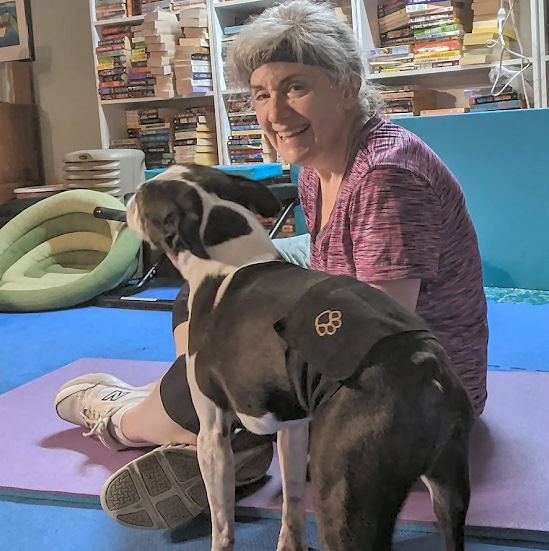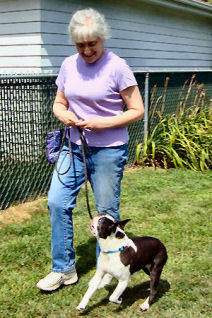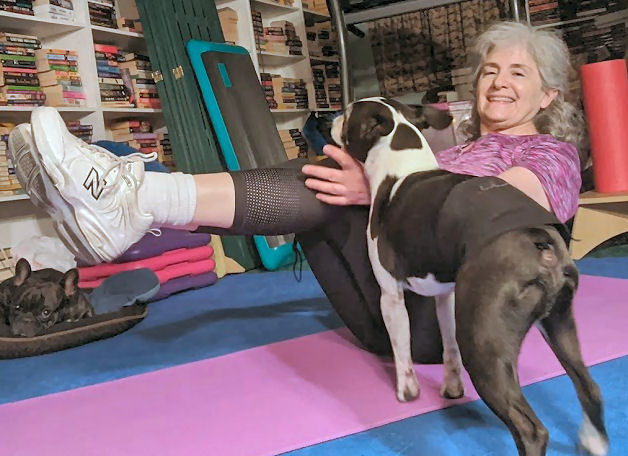How to stay motivated to exercise when you don’t feel like it
My motivation to exercise comes and goes. I know I should exercise most days, but so many things get in the way. Like thinking, “I’ll get all sweaty and my hair will be horrible.” Or, “I have to put the new village stickers on my car.” Or, “I have to clean out my closet.” My closet has a ton of really nice clothes that I never wear. Yes, I’ve read my own organizing tips. I’ve even started to winnow out the stuff that I love, the stuff that I can’t bear to part with, the stuff that’s worn and the stuff that I can’t stand. I start, but never end because it’s all stuff I can’t bear to part with. One day. But my motivation to exercise comes and goes, and then comes back. Because I decided long ago that no matter what else is going on, I will exercise at least four days a week. That’s non-negotiable. Four days a week no matter what.
You’re not going to do it unless you love it. Unless…
You can decide to exercise, but unless your motivation to exercise is secure, you’re not going to do it unless you love to exercise. First step, then, in how you stay motivated to exercise, is to figure out what motivates you. What will make you keep on lacing up your sneakers day after day. Because one day is not enough. In order to get any benefits from exercising, you have to keep at it. And you’ll want to quit after the first session. It’s hard, but as they say, anything worth doing is hard. It will get easier, but you need to keep at it to get there. So, how will you stay motivated to keep exercising?
What is YOUR motivation to exercise?
Is your motivation to exercise your family? Will you keep on exercising to keep up with the family? Will you keep exercising so you can play with the little ones? To be able to work in your garden? Or will you exercise to be a strong partner? You need that strength and stamina to hold family get-togethers. Is that why you exercise?
Or is it for your healthy aging? One thing that scares many people of a certain age is holding onto your memories.It’s been proven that exercise will help you boost memories! That’s certainly a big motivator. My memory isn’t great to start with, so I appreciate any advantage!
What motivates me the most, though, is the happiness that comes after I work out. I don’t stay motivated because I’m happy to be exercising. No. After I exercise, though, I feel more optimistic. I’m grateful to be able to exercise. I’m happy after I exercise. Experts call it an endorphin rush. I call it happiness. Even though the most endorphins are released when we do intense aerobic exercise, I still find that I experience the same effect when I do Pilates, for example, or another low intensity workout.
I don’t feel like exercising often. In fact, I hardly ever want to exercise. But I stay motivated to exercise when I don’t feel like it. And I lace up those sneakers.











